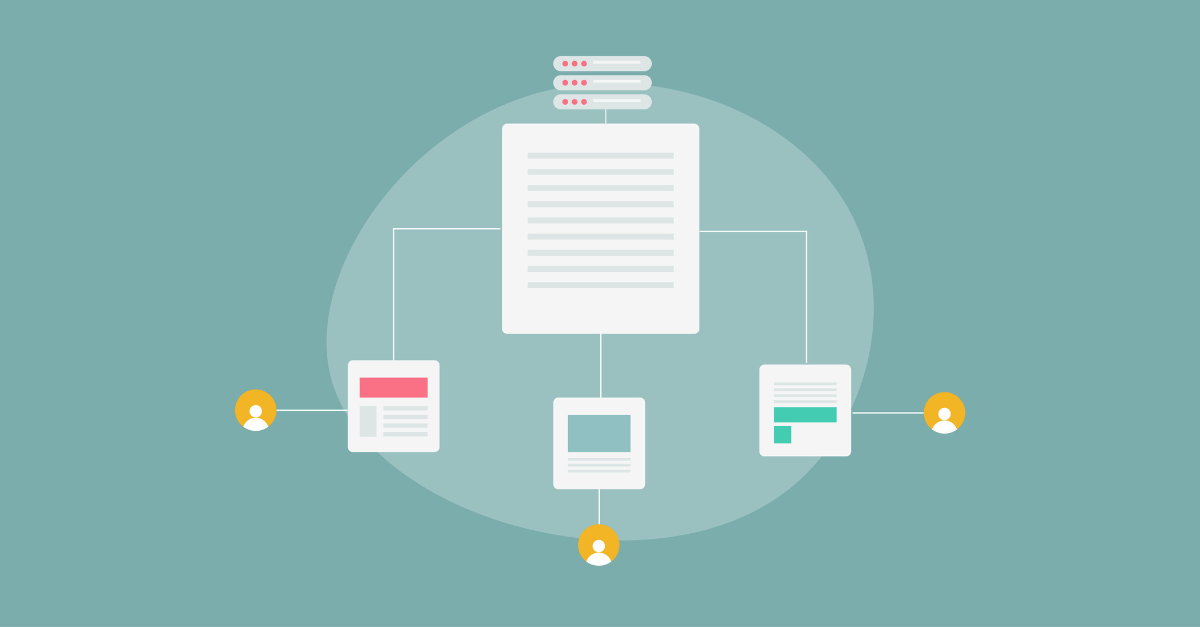Online media has turned the world of sales and marketing on its head. Today, many consumers actively dislike being sold to. Instead, they prefer to do their own research by following brands on social media, subscribing to email newsletters, reading blog posts, and scrutinizing user-generated reviews. This doesn’t mean the role of the sales professional is redundant. It does mean, however, sales professionals have to be able to identify the signals that someone is ready to buy. They then need to engage their prospects with the right offer at the right time or risk turning them away.
This change in consumer buying habits means businesses need to invest in two things:
- A Content Marketing Strategy: To engage and nurture potential customers across the various channels they choose to follow a brand.
- Technology: To track customer engagement, highlight lead quality and identify buying signals.
Marketing Automation platforms like emfluence use a lead scoring system to identify these buying signals.
How Marketing Automation Uses Lead Scoring to Identify Buying Signals
Lead scoring is a system that identifies customer interest in a particular product or service. It does so by assigning a score to specific engagements. These engagements might include:
- An email subscription followed by subsequent opens and clicks on individual campaigns: Higher scores might be given to subscribers with a more desirable email domain, such as the domain of a targeted customer or the job title of someone who may be more favorably positioned to make a buying decision. This information might be surrendered at the time of subscription or added at a later date by cross referencing details in your CRM.
- A website or blog visit and subsequent clicks: Scores can be assigned to specific actions or further engagements, like page reads, content downloads and visits to particular product or service pages.
- Social media follows and engagements: These include likes, shares, and comments.
As a general rule of thumb, the quicker and higher a lead score increases, the greater the interest a prospect has in a product or service. But lead scoring works both ways.
Negative and Neutral Lead Scoring
You can assign a negative or neutral lead score to leads your marketing and sales teams might not be so keen to engage with immediately. These might include competitors, students using academic domains and accessing your content for research purposes, or generic email addresses like Gmail and Yahoo accounts which may hold little value to B2B marketers*.
In the case of competitors, you’ll almost certainly want to remove these people from your sales funnel as quickly as possible. Regarding everyone else, you may gently nurture those relationships until they either remove themselves from the sales funnel, drop out due to lack of activity (as part of your list hygiene regime), or identify themselves as more serious leads.
*Occasionally, scorching hot leads hide behind generic email addresses. It’s the marketer’s job to coax them out.
Nurture Campaigns
A nurture campaign is designed to keep people engaged with your brand until they are ready to become customers. Marketers running nurture campaigns understand two things:
- Not all leads are created equally: You’ll want your sales team focused on the highest quality leads. They may miss red-hot opportunities if they are distracted by chasing lukewarm leads and tire kickers. In this respect, stop thinking about sales and marketing as a numbers game and focus on lead quality instead.
- Pipeline management: There’s no point in throwing high-quality leads at sales teams if they don’t have the resources to deal with them quickly. This risks potentially blocking the pipeline and frustrating potential customers and sales teams. Instead, it’s much better to keep prospects warm with a nurture campaign, allowing them to self-identify as potential customers when ready to move.
Nurture campaigns can be triggered by lead score. For example, you might present low-scoring leads with a regular newsletter and an occasionally targeted campaign. Meanwhile, you can send higher-scoring prospects more frequent and detailed thought leadership campaigns and targeted offers designed to guide them further along the sales funnel.
5 Buying Signals You Should Never Ignore
There are several buying signals you should always pay attention to. These include:
- Frequent Campaign Engagement: There’s a vast difference between an everyday email subscriber and a fully engaged email subscriber. When a subscriber opens and clicks on every email you send, visits product pages, downloads eBooks and whitepapers, and attends webinars, they essentially highlight the fact that they love what you do. So why have they yet to become a customer? It would be remiss of you not to thank them for their regular patronage and ask them what else you can do for them.
- Frequent Website Visits: When a website visitor regularly lands on a specific section of your website or reads a particular type of content, they are obviously interested in what you are doing. If those website visits go beyond your marketing content and regularly take people to a product or service page, they have most likely moved from the research stage to being ready to buy. So what is stopping them from making that final commitment? Is something missing from your product or service pages that might need addressing before they become a customer? For businesses with traditional sales teams, a quick phone call from a sales professional might be all that is required to tip the balance in your favor. For more eCommerce-focused brands, this is where retargeting campaigns come into their own.
- Frequently Asked Questions: When a prospect asks a question about a product or service, they are highly engaged and most likely to be in a buying frame of mind. A simple question like: “Is this product available in red?” suggests they would like to buy it in red. If it’s not available in red, send them alternative options. While not every question will be so easy to answer, they will almost certainly be seen as a buying signal. A question can come from multiple sources, including social media engagements (highlighting the importance of social media listening), a reply to an email campaign (highlighting the importance of never sending from a “no-reply” email address), an email form, and the holy grail of sales and marketing — a telephone call. Nowadays, if someone picks up the phone to call you, they are not just a red-hot lead. They are literally on fire. Customer questions aren’t just buying signals. They can act as prompts for future marketing campaigns. Therefore, any incoming questions should always be documented and used to fill any gaps in your marketing strategy.
- Abandoned Shopping Carts: Never ignore an abandoned shopping cart. This act tells you that people were ready to buy but changed their minds at the last minute. They might have been distracted and require a reminder to revisit their cart. Alternatively, there might be a problem with your shipping or return policies, payment options, or unexpected costs. Cart abandonment emails offering your potential customers the opportunity to revisit their cart or address their concerns will help with conversions and optimize your checkout process for further purchases.
- Targeted Customers: Sometimes, a marketing organization will have a clear idea of who they want to work with as clients. This understanding might be based on a specific job title or company name. However, sometimes that targeting might be so defined it focuses directly on particular individuals. When a targeted individual enters your sales funnel, it would be rude not to extend the invitation to continue the engagement.
Learn More
To learn more about how the marketing automation experts at emfluence can help you use lead scoring to identify buying signals (and yes, we’ll be scoring you), contact us today at expert@emfluence.com.



